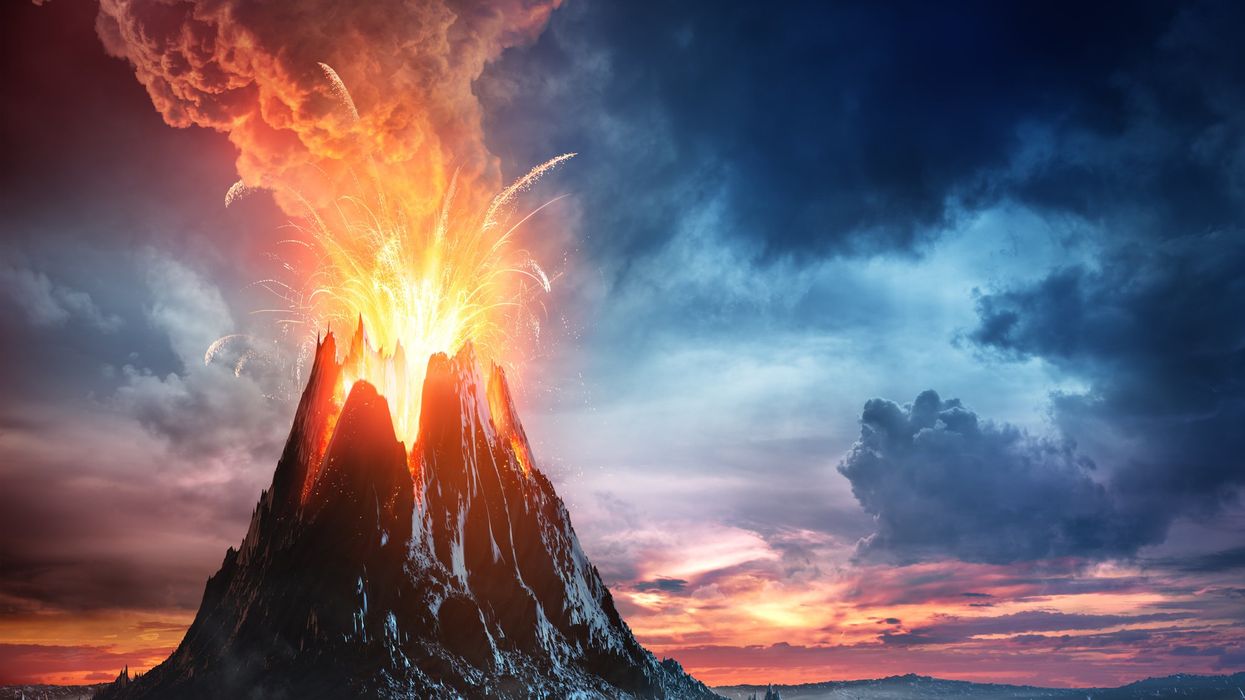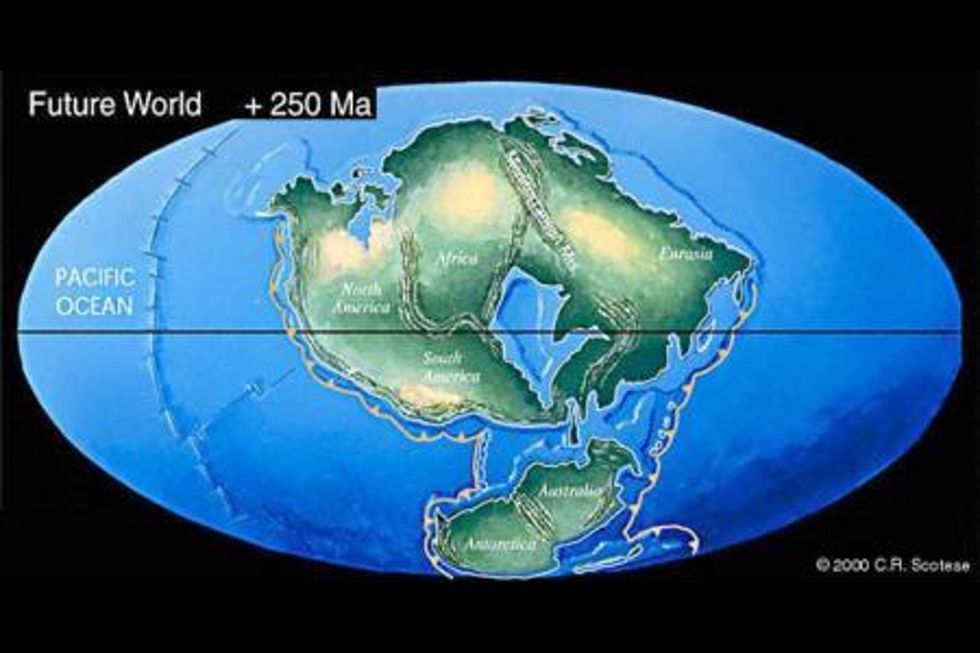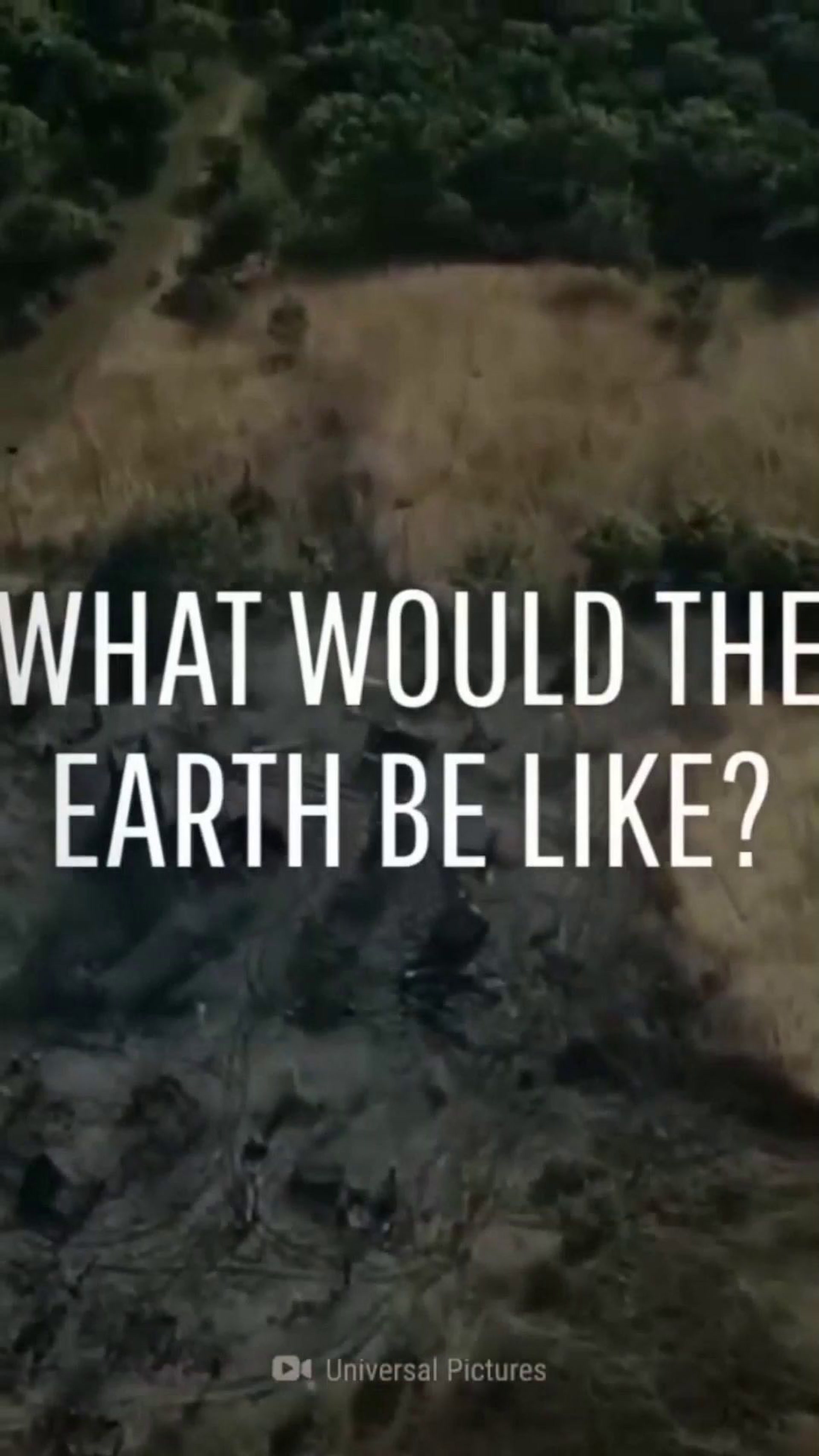Science & Tech
Harriet Brewis
Sep 26, 2023

Pangea Ultima will be pummelled with extreme weather and scorching temperatures
iStock
Scientists have offered a vision of the Earth’s distant future and, suffice it to say, it’s not pretty.
A new paper published in the journal Nature Geoscience reveals that our world’s beautiful and varied continents will no longer exist in 250 million years’ time. Instead, we’ll be left with a giant supercontinent called Pangea Ultima.
The experts behind the study ran computer simulations to fast-forward the positions of our continents over the months, years, and millennia, and soon realised the apocalyptic implications of their predictions.
Indeed, the imposing sound of Pangea Ultima’s name is fitting, given the conditions we can expect there.
The vast landmass will settle on the equator where it will be pummelled with extreme weather, with temperatures regularly exceeding 60C.
The clash of continents will prompt fierce bouts of volcanic activity and the Sun, which will become brighter over the years, will ramp up the heat even further.
What does this mean for life on the planet? Well, what do you think…

These drastic changes will all happen over a geologically short period of 10 years, which will outpace evolution, The Timesreports.
In other words, humans and other animals simply won’t be able to keep up, meaning all mammal life will be obliterated.
“Mammals have, in the past, only been able to increase their [temperature] limit by 0.6C per million years. That makes it very difficult evolutionarily, once you get extreme temperatures going above these physiological limits,” Dr Alexander Farnsworth of Bristol University, who led the research, told the paper.
“This will be a very inhospitable world where the weather, as well as the climate, is not your friend.”
Admittedly, this won’t be the first time a supercontinent has dominated the Earth.
At the beginning of the Triassic Period, around 230 million years ago, the continents were arranged as a single supercontinent called Pangea. Over the subsequent 165 million years this supercontinent slowly broke apart.
By considering this earlier landmass, Dr Farnsworth and his team simulated how a reformed Pangea Ultimate would look, with the help of computer-modelling techniques that are similar to weather forecasting.
The researchers also simulated complex carbon-capture effects, including how plankton and algae will respond to the climate from within our future oceans, as The Times notes.

Whilst undeniably bleak, the findings also have some interesting implications for our search for extraterrestrial life beyond our solar system.
Astronomers generally search for life in the so-called “Goldilocks zone” – the area around distant stars which are not too hot, not too cold, and could therefore be habitable.
Dr Farnsworth and his colleagues have suggested that, given what we know about the reconfiguration of continents, these experts should expand this sweet spot zone.
This is because continental drift and collision change climate patterns and temperatures over the years, meaning that planets which might now be considered hostile environments could one day harbour the conditions for hosting life.
“Our current understanding of habitability is in its very infancy and the distribution of land masses is an important factor in defining habitable regions,” Ingo Waldmann, professor of astrophysics at University College London, told The Times.
“With the James Webb Space Telescope and the advent of 30m telescopes such as the ELT [Extremely Large Telescope], we are, for the first time, able to start investigating all the intricate effects that led to life in the Milky Way”.
Still, as with any prediction, the science isn’t perfect, and Dr Farnsworth’s forecast for life on Pangea Ultima ultimately depends on where the supercontinent ends up.
His team concluded that it would rest on the equator but, if the existing continents congregate elsewhere, its climate could be quite different to what they envisage.
Nevertheless, one thing is certain: humans are fuelling our own demise with our failure to adequately address global warming.
“The rate of change at the present day is incredibly dangerous, we have never seen such a rate of change in the geological past,” Dr Farnsworth warned.
“We are creating our own problems that can accelerate our own extinction.”
Sign up for our free Indy100 weekly newsletter
Have your say in our news democracy. Click the upvote icon at the top of the page to help raise this article through the indy100 rankings.
Top 100
The Conversation (0)













